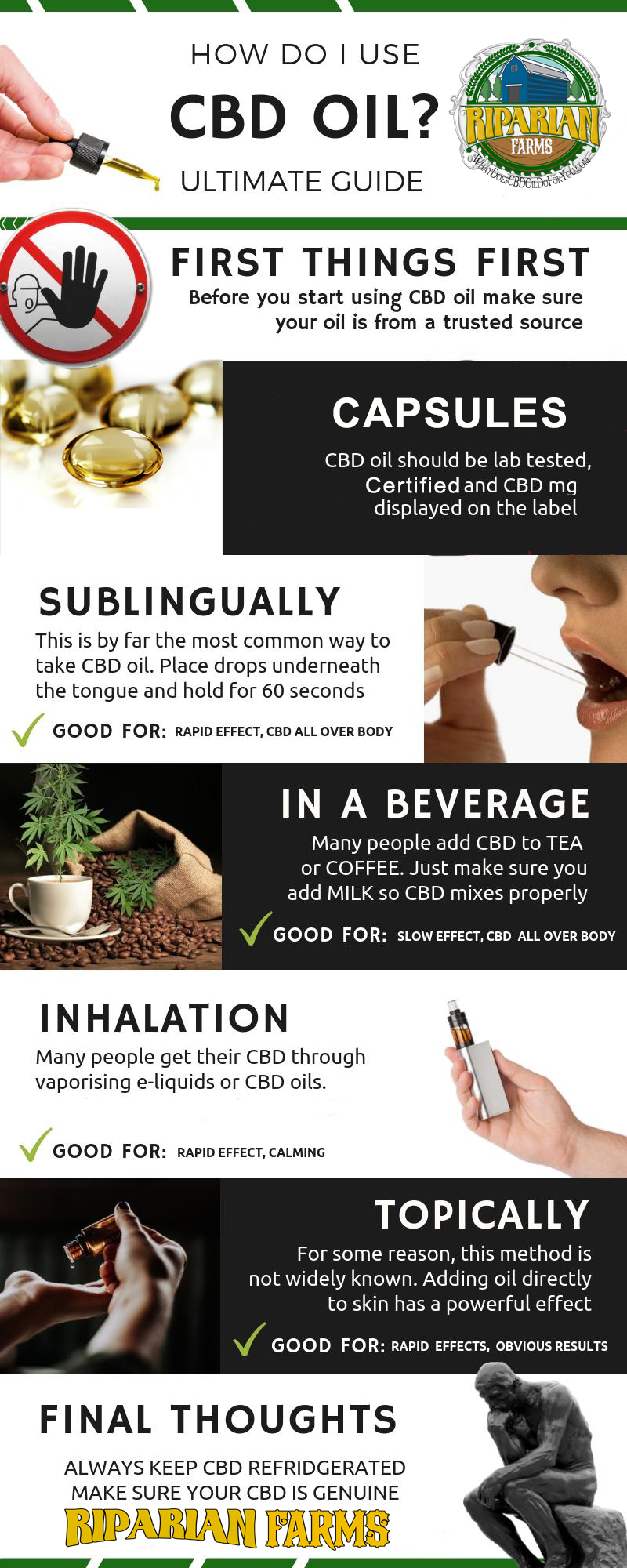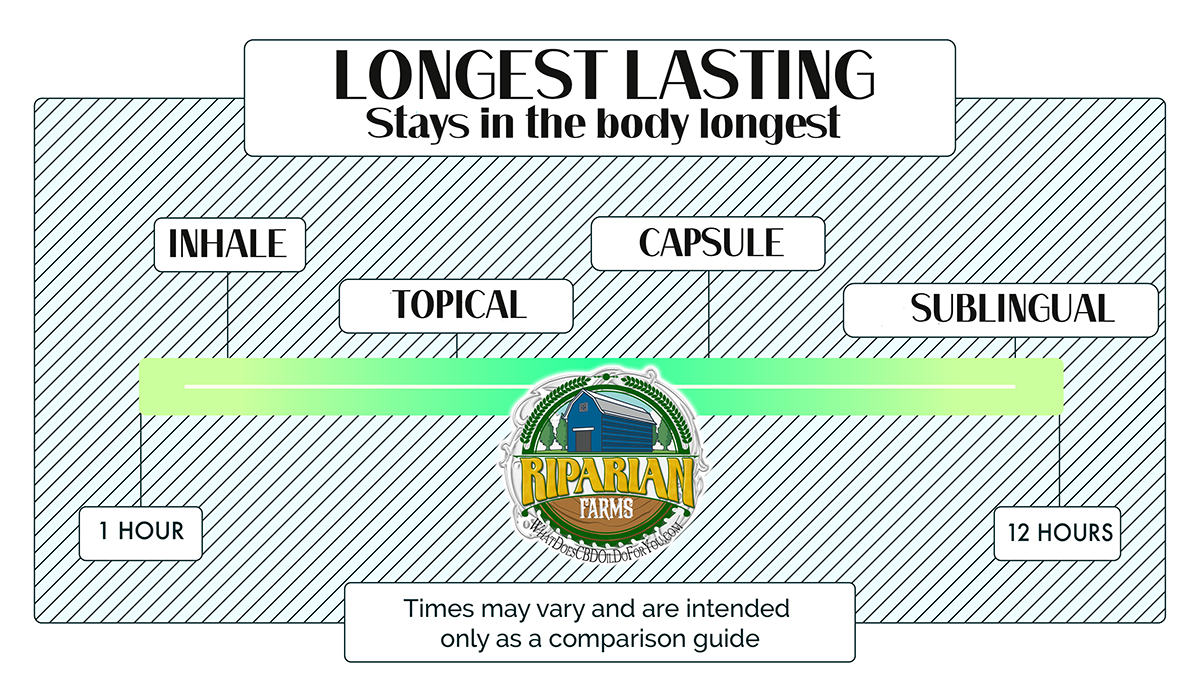How to Take CBD Oil -Inhalation, Topical, Ingestion and Sublingual

 With more research discovering new potential wellness and therapeutic applications for cannabidiol (CBD), the demand and availability of CBD products continues to increase. The greater variety of products gives patients more choices to find a CBD option and method of consumption that aligns with their health and lifestyle needs.
With more research discovering new potential wellness and therapeutic applications for cannabidiol (CBD), the demand and availability of CBD products continues to increase. The greater variety of products gives patients more choices to find a CBD option and method of consumption that aligns with their health and lifestyle needs.
In general, there are four primary methods for taking CBD oil to choose from:
- Ingestion
- Sublingual
- Topical
- Inhalation
Here we explore each of those four methods and discuss the advantages of each so that you can select a product that’s best for you or your family member.
Inhalation Options
CBD can also be inhaled by vaporizing. A vaporizer heats CBD oil just enough to release its active compounds, avoiding the harmful byproducts that are created with combustion. During vaporization, CBD enters your lungs and diffuses directly into your bloodstream. Because it doesn’t have to make its way through the digestive system or liver, the CBD enters your circulation faster. Also, less CBD is lost during vaporizing compared to the ingestion method. Vaporizing CBD is typically a consumption option recommended for adults.
CBD oil products designed for vaporization include CBD e-liquid, which contains CBD oil infused with vegetable glycerin (VG), or high-CBD concentrate. Vaporizers range in size from tabletop, plug-in powered units to small, battery-powered portable pens.
Topical Options
Some CBD oil products are designed to be applied directly onto the skin. The active ingredients in these topical CBD products are absorbed through the skin so that they can interact with cells that are nearby the surface without ever entering the bloodstream. Topical CBD oil products are ideal for those looking for isolated pain relief or to address skin conditions because they can be applied directly to where they are needed most.
The CBD oil topical products currently on the market primarily include lotions and salves. These products are more applicable for potentially addressing pain or serious skin issues. For daily skin health care, some companies also produce a collection of CBD oil bath and body care products, such as body wash, shampoo, conditioner, and moisturizing lotions.
Ingestion Options
Perhaps the most common way to take CBD oil is to ingest it orally. When you ingest CBD oil, it passes through the digestive system and is metabolized by the liver, eventually sending its active compounds to your bloodstream. This form of administration is exactly how vitamins and other daily supplements are most typically taken.
Common ingestible CBD oil products include capsules, edibles, and beverages. Capsules can be easily swished down with a mouthful of water and are among the most efficient ways to take CBD. CBD oil can be infused into a wide variety of edibles and beverages, including coffee.
Sublingual Options
Finally, when CBD oil is administered sublingually, it’s held under the tongue for up to 90 seconds so that the mucus membranes in the mouth can absorb the oil’s active ingredients. The benefit of consuming CBD oil sublingually is that the absorption process bypasses the digestive system and liver metabolization, allowing the compounds to reach your bloodstream and interact with the endocannabinoid system more quickly. For those looking for quick effects, a sublingual CBD oil product is ideal.
Pure CBD oil, as well as tinctures and concentrates, are CBD products that are designed for the sublingual method of application. They can easily be held in the mouth to give the active ingredients time to be absorbed by the capillaries in the mouth before being swallowed.

The reason for each is how quickly you need to get the CBD into your system and how long you need it to do it’s business. The graphic above shows you generally which type of CBD would hit your system. Inhalation can last up to 3 hours; Topical is between 4 or 5 hours; Capsules are between 6 and 7 hours and Sublingual can be up to 9 hours depending on the duration period it takes with your system makeup to work through the CBD compounds.
As you determine the reason and the timeframes you need CBD, you can better know what type of CBD AND how each can get into your system.

